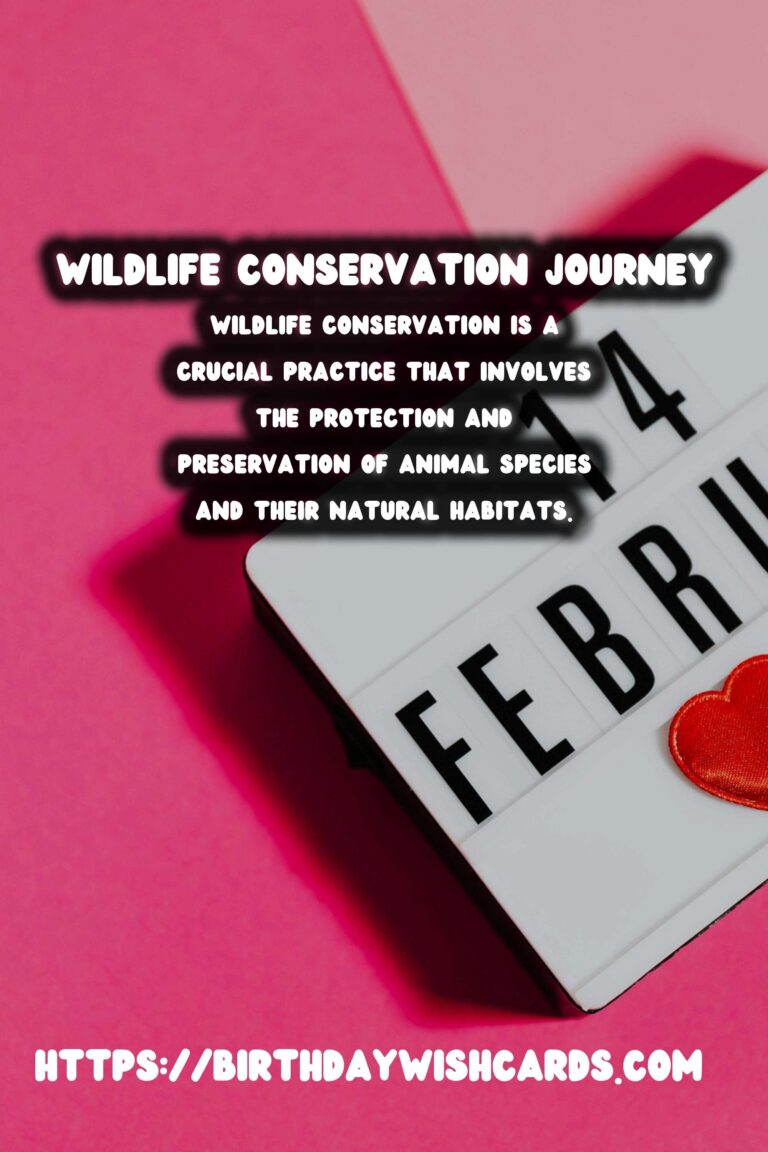
Wildlife conservation is a crucial practice that involves the protection and preservation of animal species and their natural habitats. This discipline has grown significantly over the centuries, evolving from basic protection activities to the implementation of comprehensive policies aimed at sustaining biodiversity.
The Origin of Wildlife Conservation
The history of wildlife conservation dates back to ancient times, where early human societies depended on wild animals not only for food and clothing but also for cultural and spiritual reasons. Certain species were revered and protected as a result of these cultural beliefs.
In ancient Egypt, for instance, the worship of animals led to the conservation of certain species. Sacred animals such as cats and crocodiles were mummified, indicating the deep respect and protection efforts humans extended to these creatures.
The Middle Ages: Hunting and Conservation
During the Middle Ages, the perception of wildlife began to shift. Hunting became a popular sport among the nobility, leading to the establishment of game reserves. Although these reserves primarily served hunting purposes, they inadvertently played a role in conserving game species by restricting access to certain areas and seasons.
Kings and nobles established laws known as ‘Forest Laws’ during this period. These laws regulated hunting to ensure that the population of certain animals remained stable, showcasing an early understanding of sustainable wildlife management concepts.
The Rise of Modern Conservation Movements
By the 19th century, the impact of industrialization and expansion had become apparent, leading to significant habitat destruction and a noticeable decline in wildlife populations. This sparked the need for structured conservation efforts.
The establishment of the world’s first national park, Yellowstone, in 1872, marked a pivotal moment in the history of wildlife conservation. It demonstrated a revolutionary shift in societal thinking, where preserving natural spaces became a prominent governmental agenda.
Conservation in the 20th Century
The 20th century saw the proliferation of numerous international treaties and organizations dedicated to wildlife conservation, such as the International Union for Conservation of Nature (IUCN) and the Convention on International Trade in Endangered Species of Wild Fauna and Flora (CITES).
These organizations have played a vital role in protecting endangered species and have laid the groundwork for contemporary conservation strategies. The formation of numerous wildlife sanctuaries and national parks worldwide has since safeguarded countless species from extinction.
Conservation in the Modern Era
Today, wildlife conservation has become more urgent due to threats like climate change, habitat destruction, and illegal poaching. Conservationists are employing more advanced technologies and methodologies to monitor and protect wildlife.
The use of satellite tracking, genetic research, and community-driven conservation initiatives are at the forefront of modern efforts to preserve the planet’s biodiversity. These strategies not only protect wildlife but also empower local communities by involving them in sustainable conservation practices.
Conclusion
Throughout history, wildlife conservation has transitioned from primitive protection of culturally significant animals to comprehensive global efforts aimed at safeguarding biodiversity. As we advance, it’s imperative that we continue building on these historical foundations to protect the planet’s wildlife for future generations.
By understanding our past approaches and learning from them, we can develop increasingly effective strategies to ensure that wildlife thrives alongside human progress.
Wildlife conservation is a crucial practice that involves the protection and preservation of animal species and their natural habitats. The history of wildlife conservation dates back to ancient times, where early human societies depended on wild animals not only for food and clothing but also for cultural and spiritual reasons. 
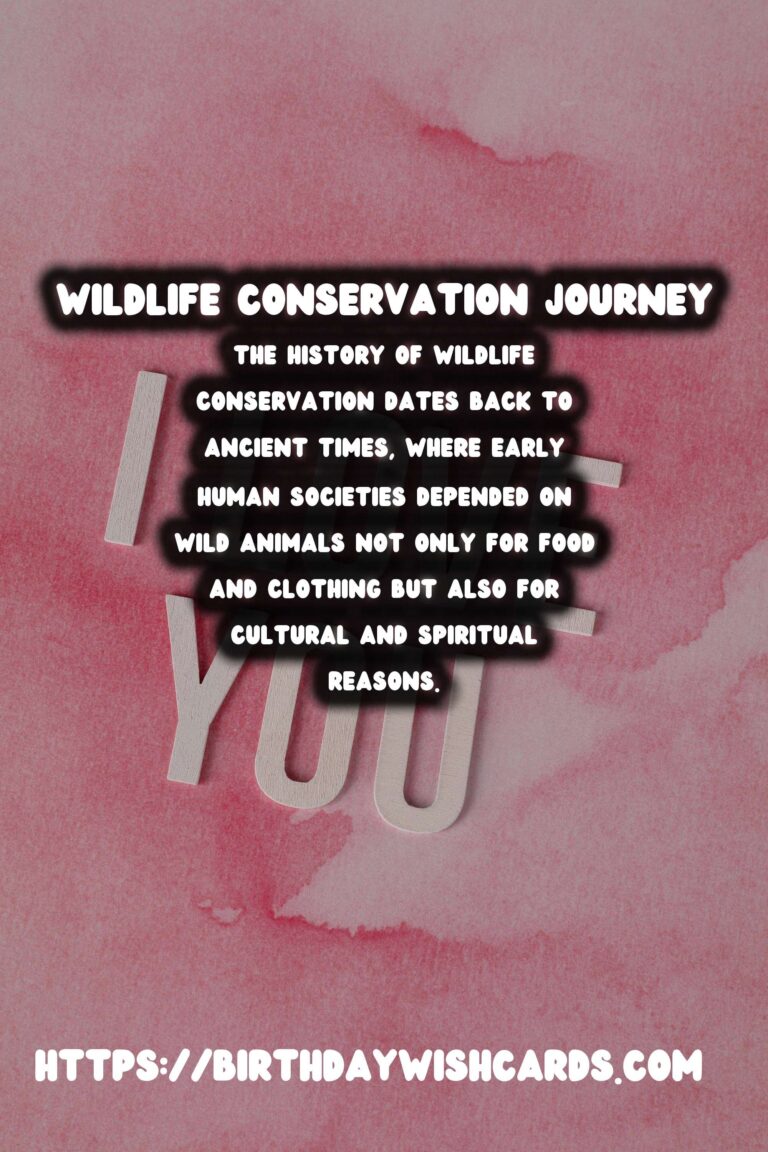
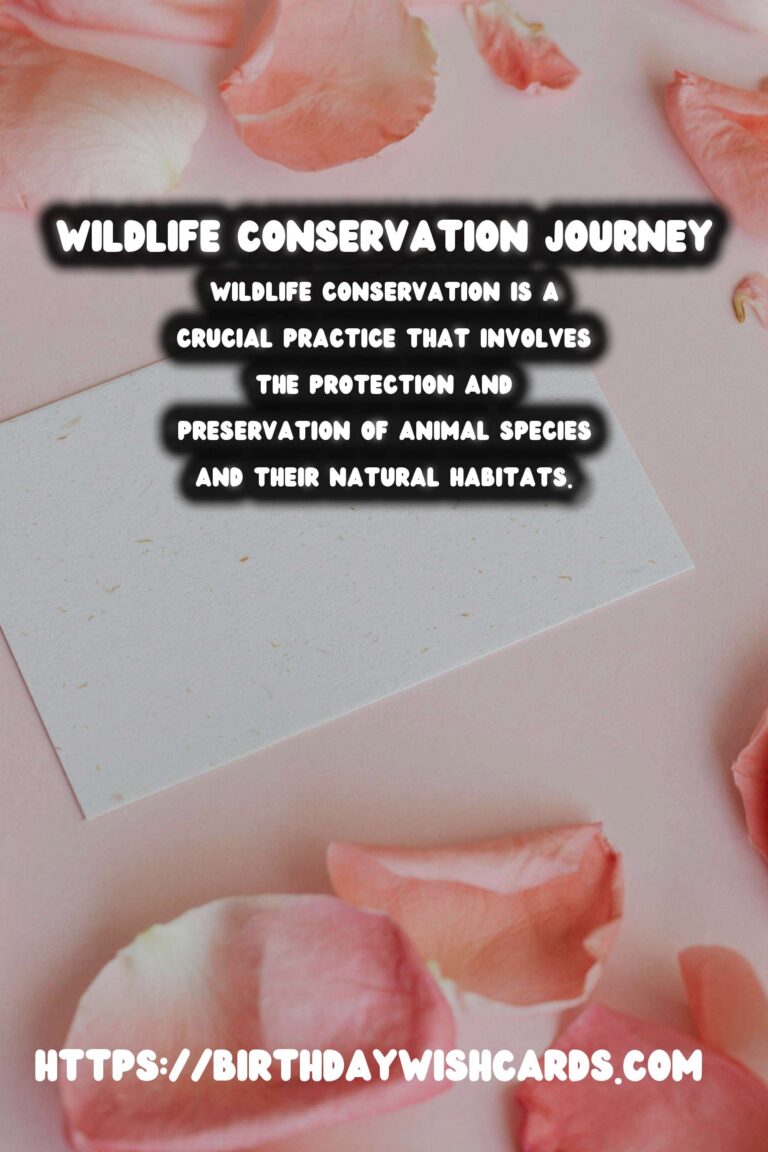
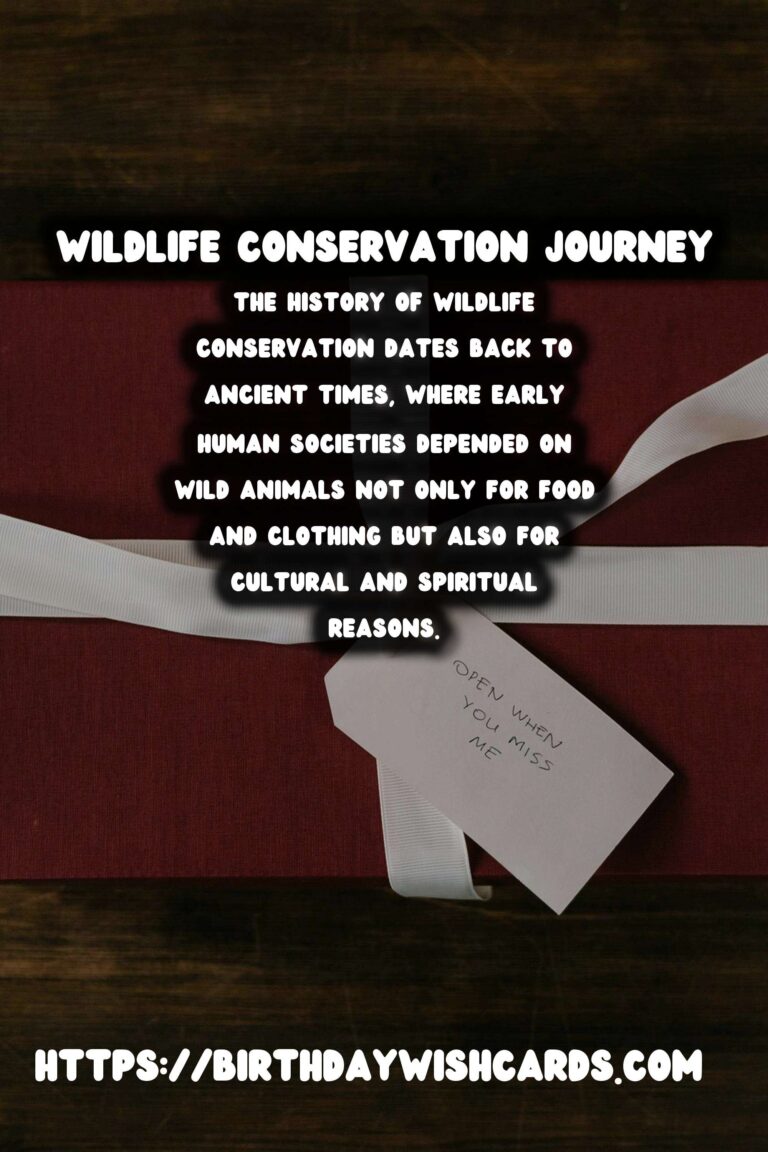
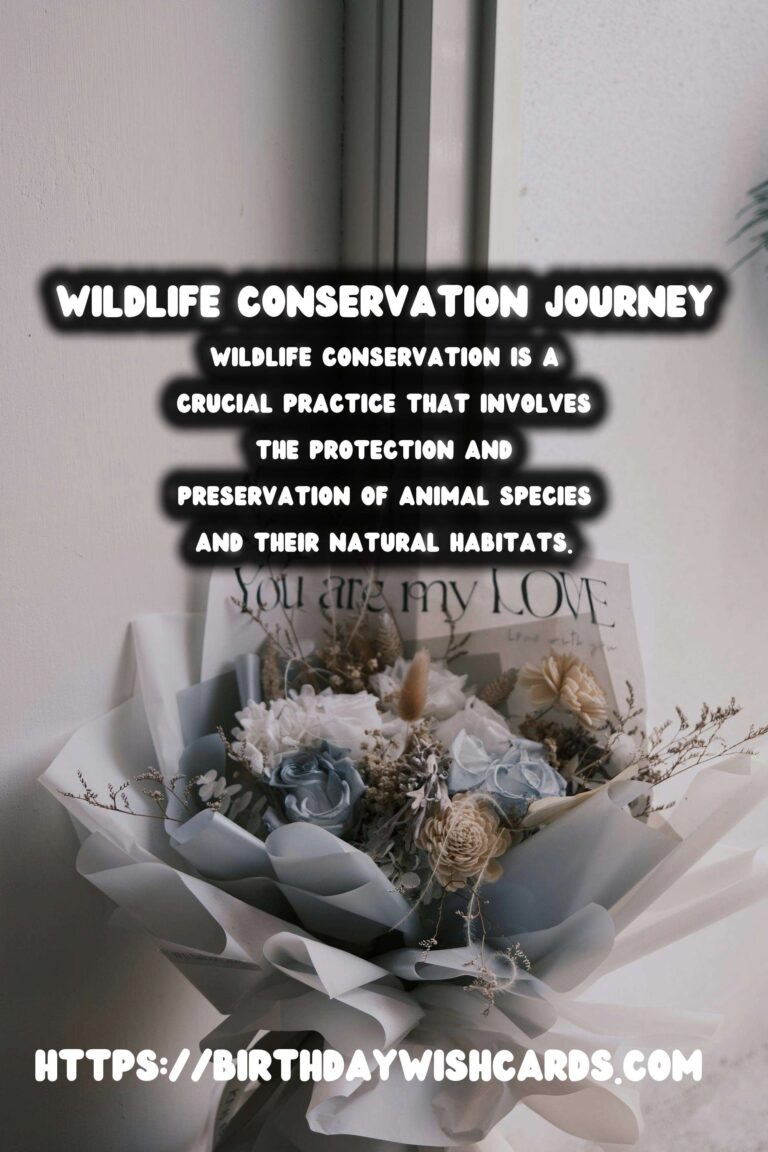
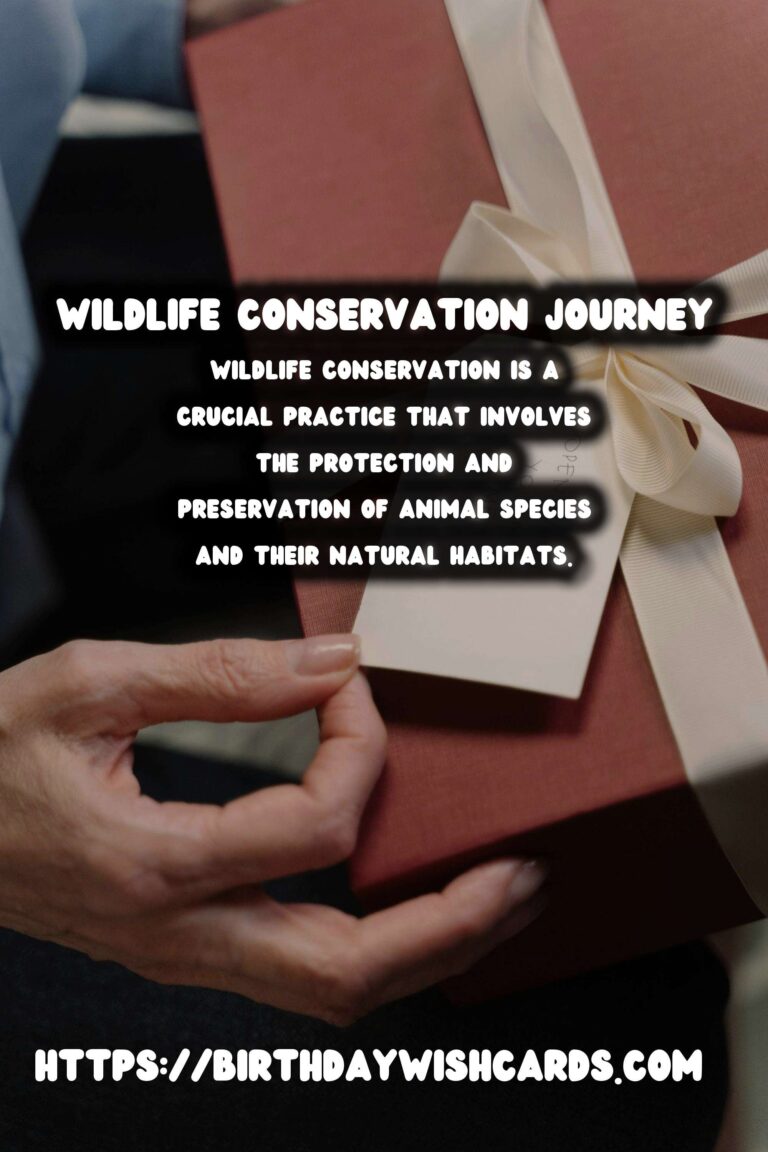
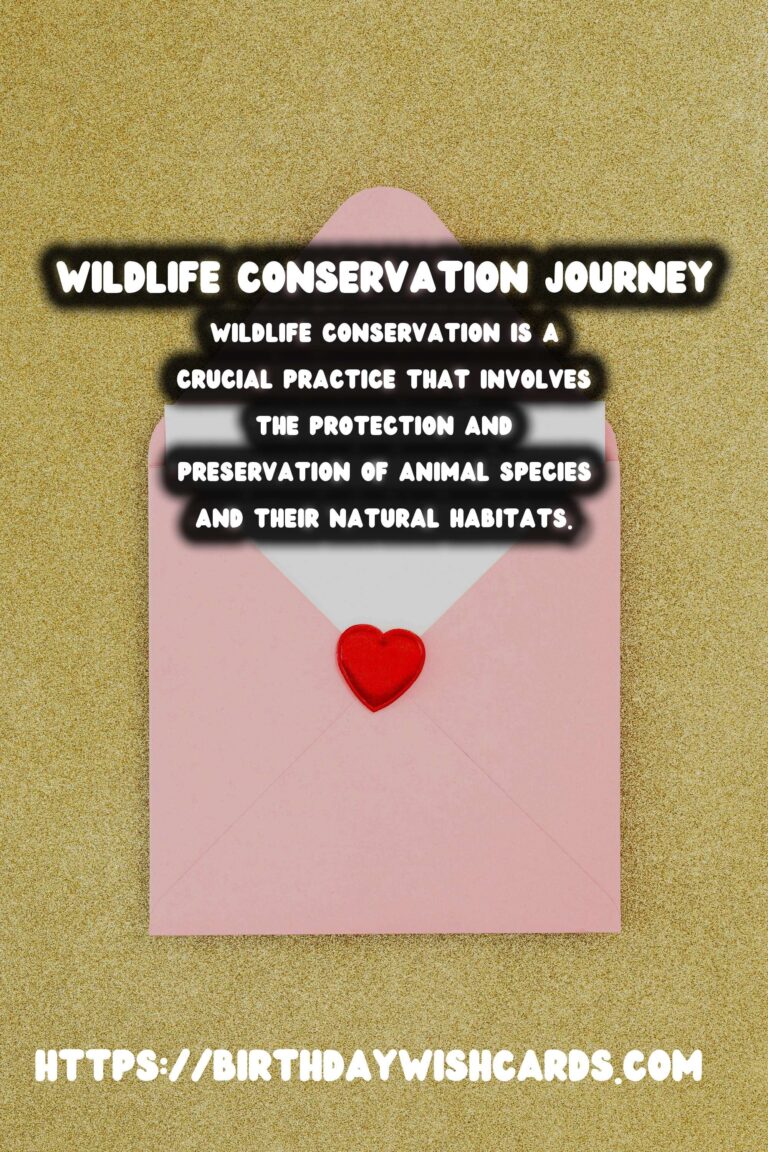
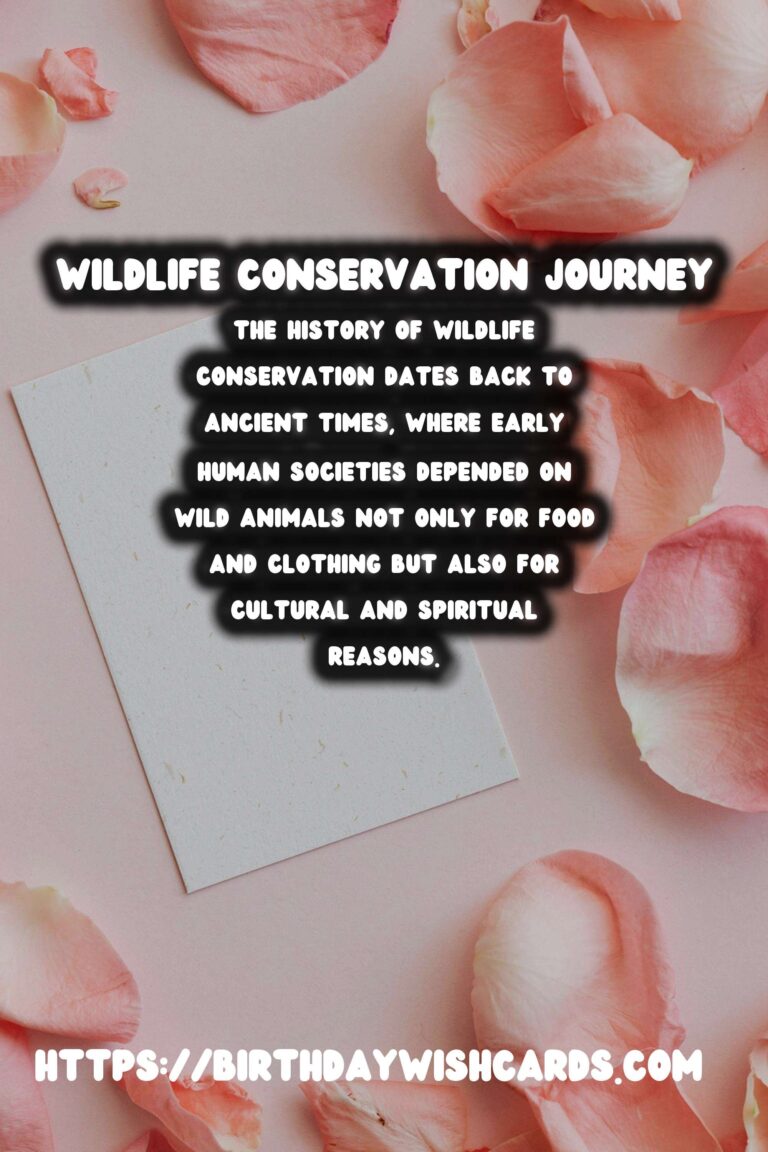

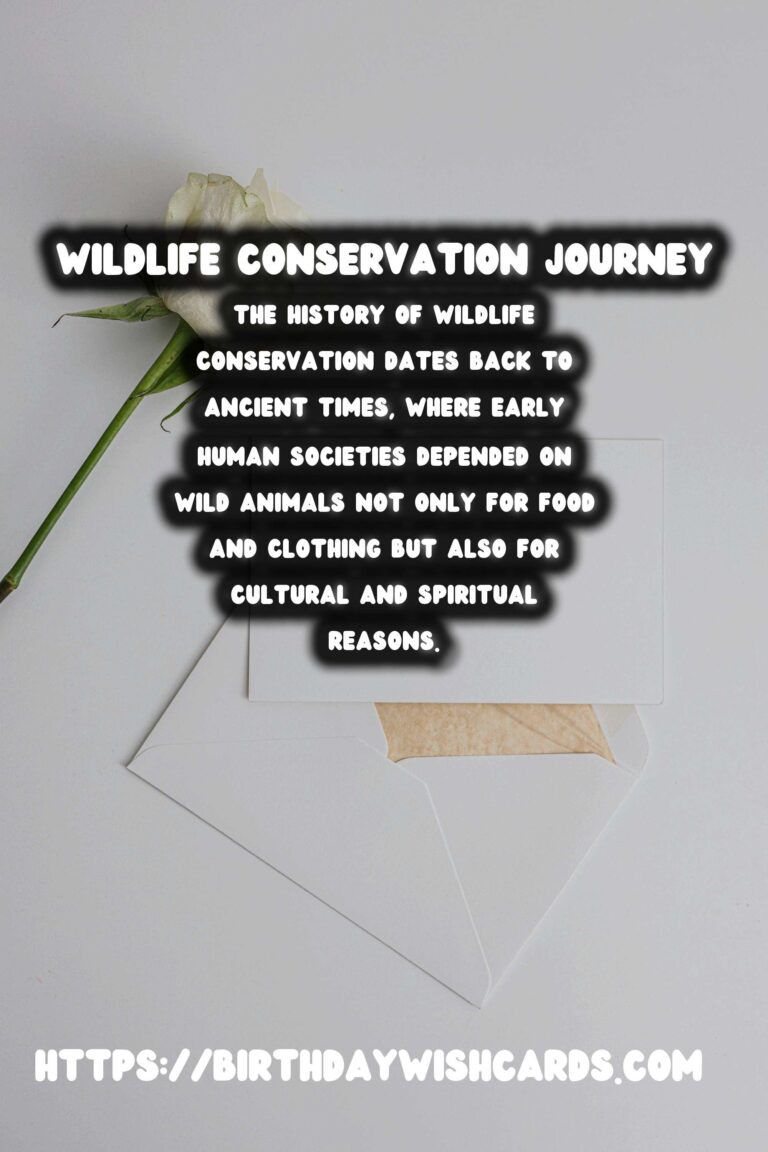
#WildlifeConservation #History




